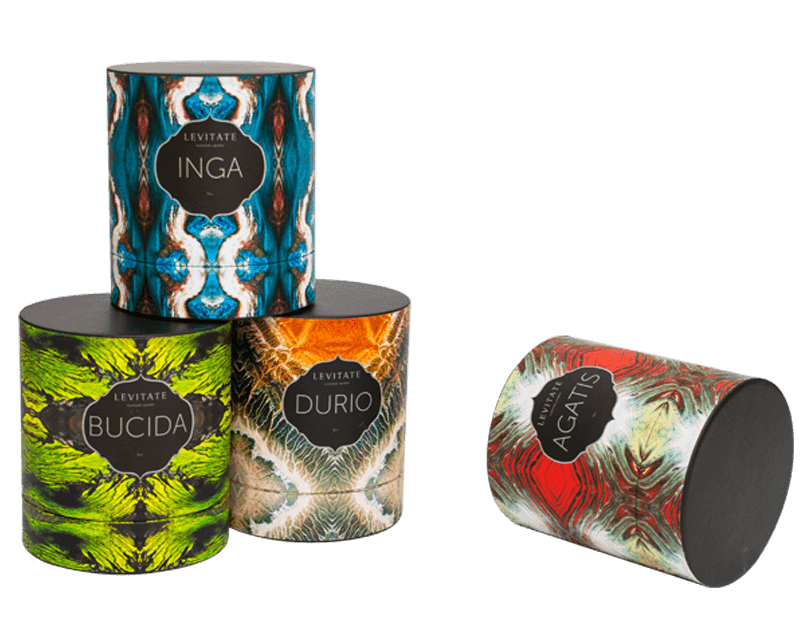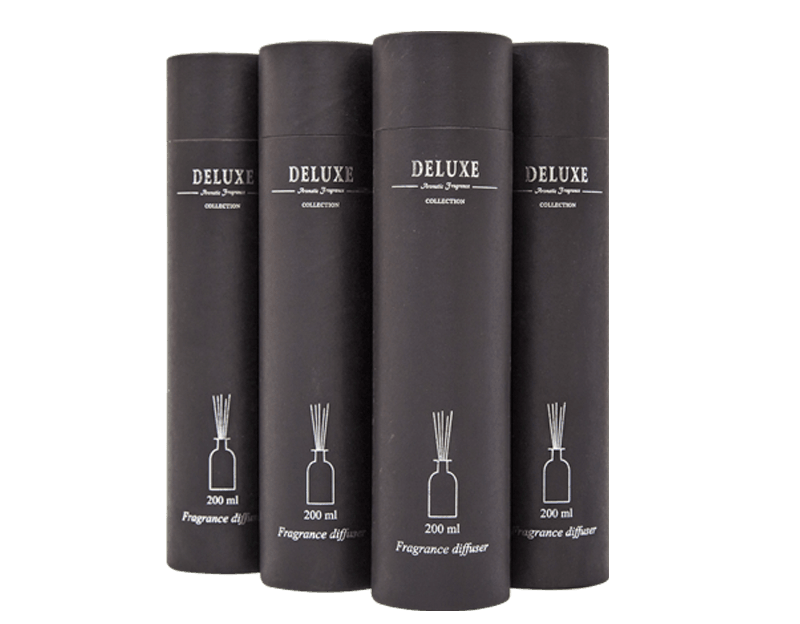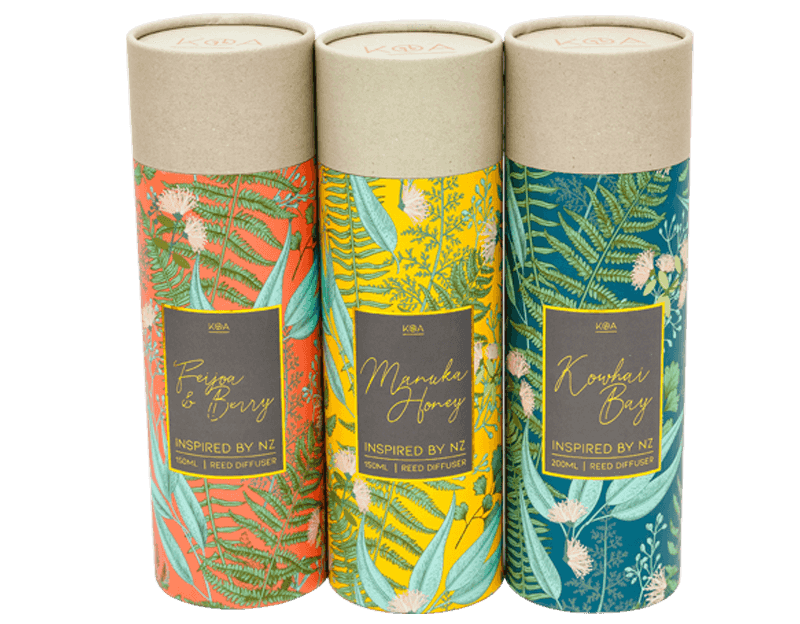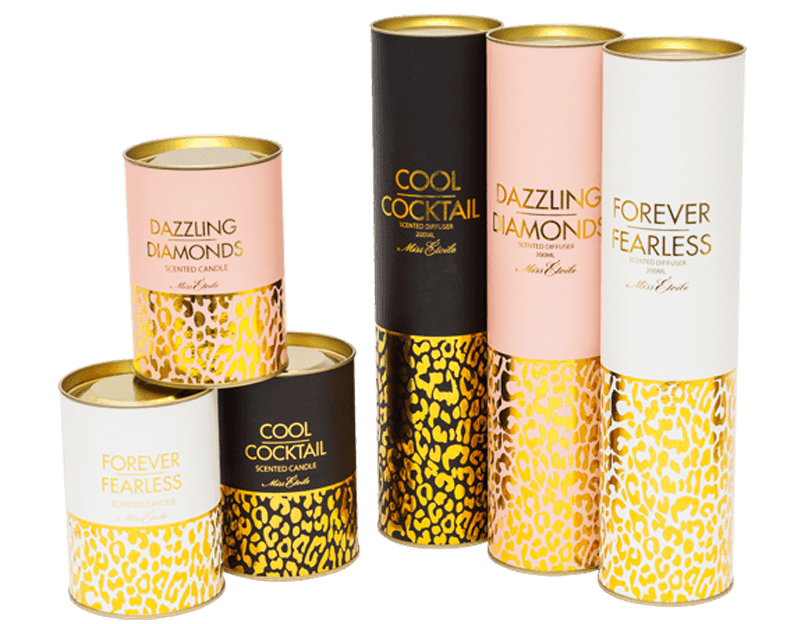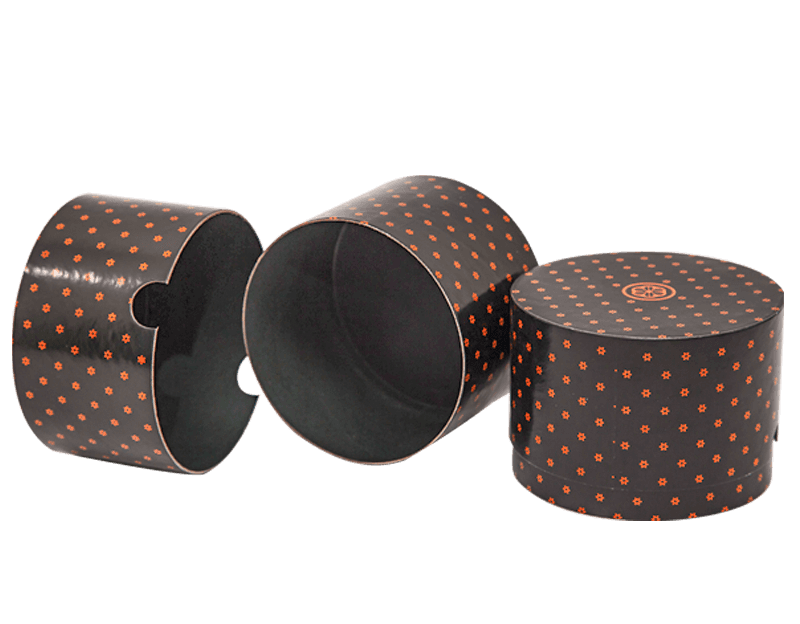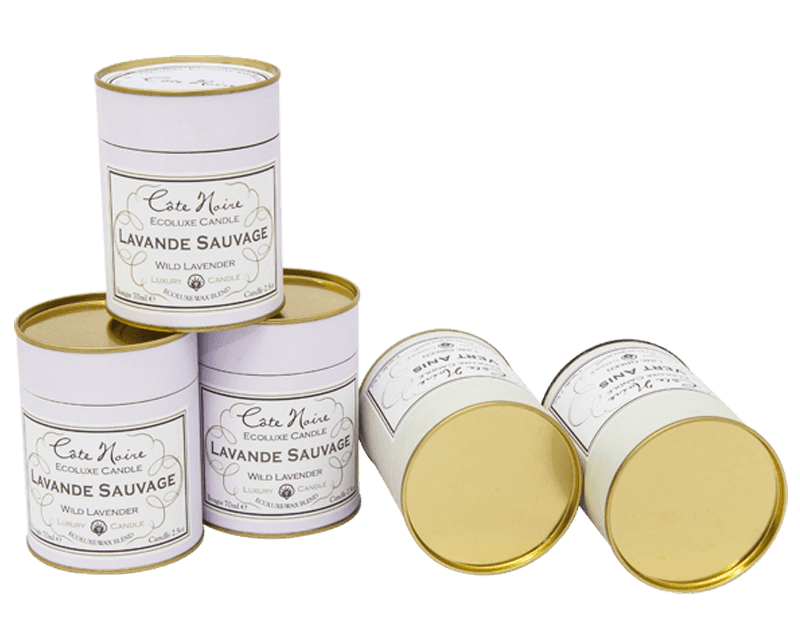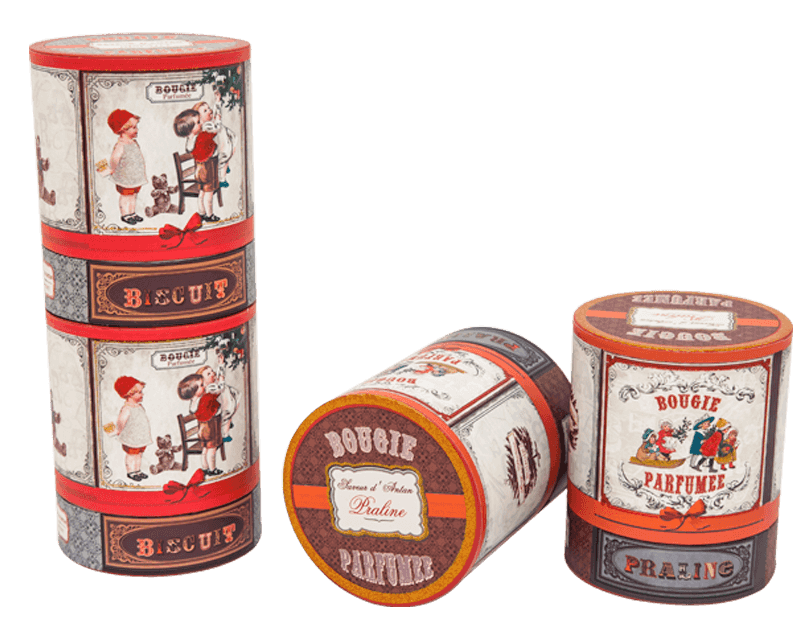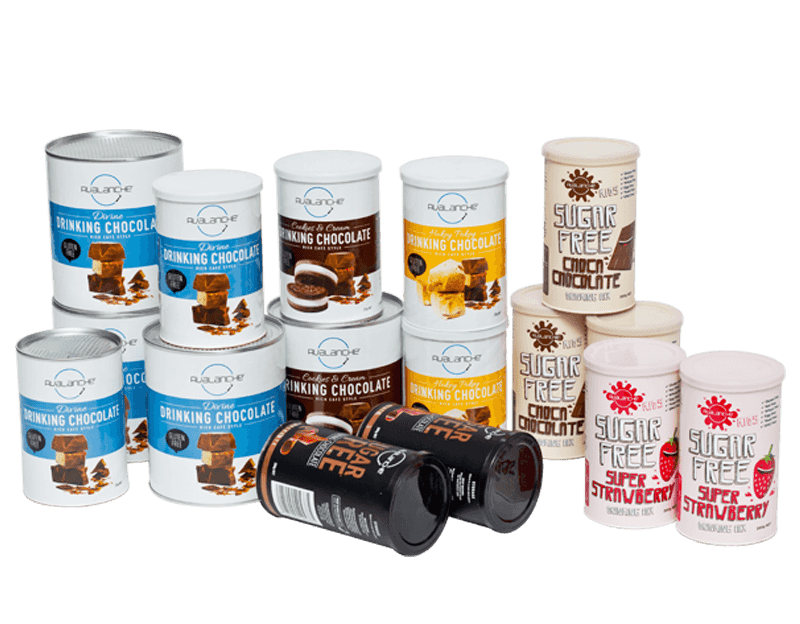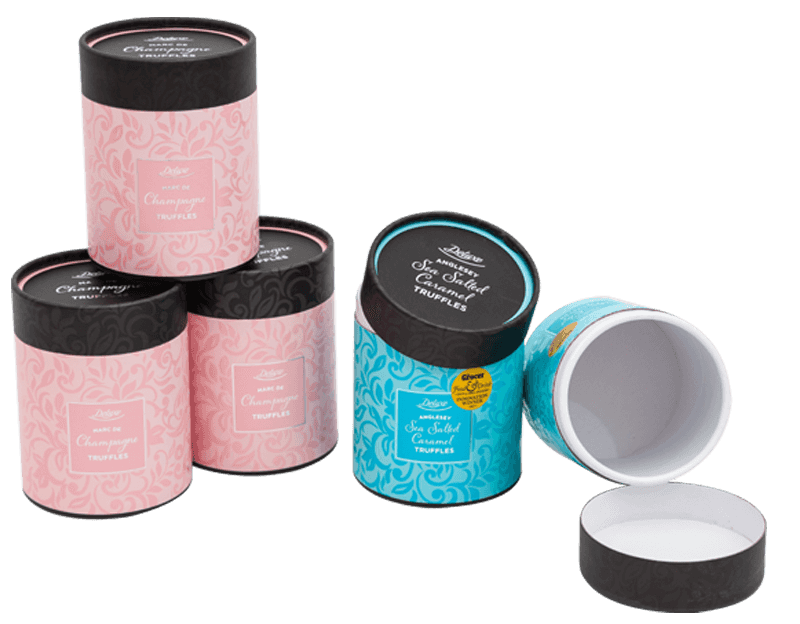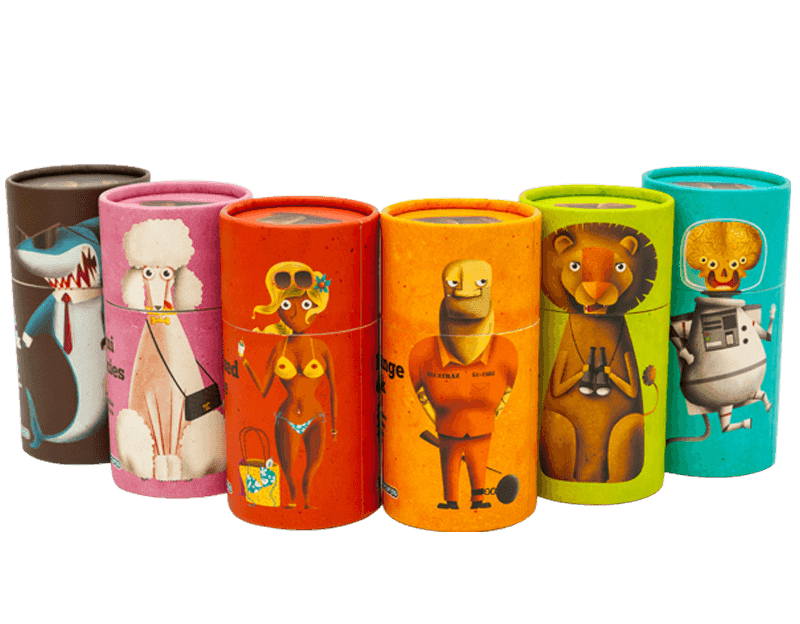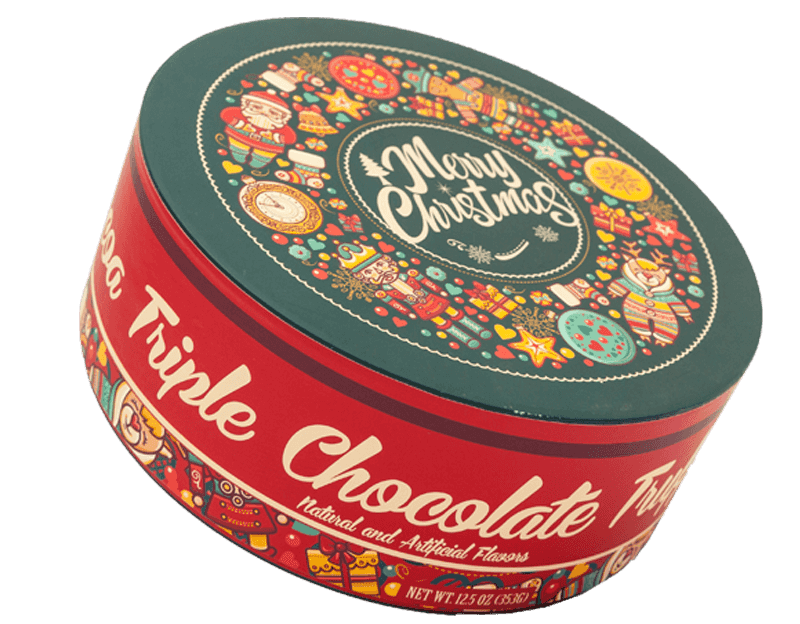As one of the top China cardboard tube packaging manufacturers and paper tube packaging suppliers, we devote all of our efforts to research and launch more high quality packaging products to global market.
Snacks paper tube packaging typically utilizes various types of paper materials to achieve the desired balance of structural integrity, printing quality, and eco-friendliness. Commonly used paper materials for snacks paper tube packaging include:
Kraft Paper:
Description: Kraft paper is known for its strength and durability. It is a popular choice for sustainable and eco-friendly packaging due to its unbleached, natural appearance.
Attributes: Offers excellent tear resistance and is often used for the outer layer of paper tubes. It provides a rustic and natural look.
White Cardboard or Paperboard:
Description: White cardboard or paperboard is a thick, rigid paper material that provides a smooth and printable surface. It can be coated or uncoated.
Attributes: Offers a clean and professional appearance, and its smooth surface is well-suited for high-quality printing. Coated versions may provide additional moisture resistance.
Recycled Paper:
Description: Recycled paper is made from post-consumer or post-industrial recycled content, contributing to sustainability efforts.
Attributes: Provides an eco-friendly option, reducing the environmental impact associated with new paper production. It may have a slightly textured appearance.
Art Paper or Coated Paper:
Description: Art paper or coated paper has a smooth and glossy surface due to coating with clay or other compounds.
Attributes: Offers high-quality printing results with vibrant colors and sharp graphics. The coating may provide some resistance to moisture.
Linerboard:
Description: Linerboard is a strong, heavy paperboard often used for the inner layer of paper tubes.
Attributes: Provides structural support and stability to the packaging. It contributes to the overall strength and integrity of the tube.
Composite Paper:
Description: Composite paper consists of multiple layers of different paper materials combined to achieve specific properties.
Attributes: Offers a customized approach, allowing for a combination of strength, printability, and other desired characteristics in a single material.
Foil-lined Paper:
Description: Foil-lined paper incorporates a layer of aluminum foil between paper layers to enhance barrier properties.
Attributes: Provides improved resistance to moisture, light, and air, preserving the freshness of snacks. It is commonly used for packaging items sensitive to these elements.
Bleached Paper:
Description: Bleached paper undergoes a bleaching process to achieve a lighter color and a smoother texture.
Attributes: Offers a clean and refined appearance, making it suitable for premium or delicate snack products. The bleaching process may enhance printing capabilities.
Specialty Papers:
Description: Specialty papers include a range of unique paper materials with specific characteristics, such as textured papers, metallic papers, or papers with special finishes.
Attributes: Used for brands looking to create a distinctive and premium packaging appearance. The choice of specialty paper can significantly impact the visual appeal of the packaging.
 English
English Español
Español
